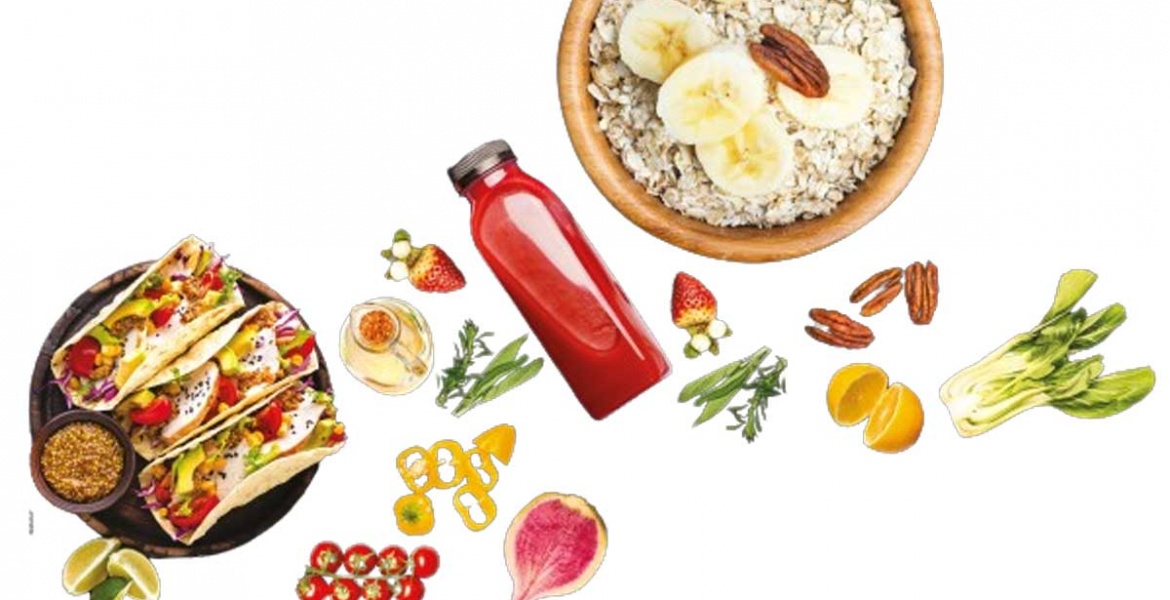Unlocking sustainable wellness
Nimanthi Bandaranayake uncovers the Noom diet for lasting health and weight loss

There are a growing number of diets and weight reduction plans that promise revolutionary changes in the ever-changing field of health and wellbeing. The Noom diet is one such initiative that has grown in popularity.
In contrast to conventional diets that simply emphasise calorie tracking and dietary limitations, Noom adopts a novel strategy that combines technology, psychology and individualised coaching to promote long-lasting lifestyle changes.
Noom is a comprehensive wellness programme that’s more than merely a diet. It helps people lose weight and develop long-term behavioural improvements.
To begin with, users must answer a lengthy questionnaire on their current eating patterns, lifestyle and weight loss objectives. The software creates a personalised schedule with daily activities, challenges and guidelines based on the data given.
Making major dietary adjustments is a common step in the weight reduction process. Noom uses a colour coded system to classify food rather than strictly limiting dietary groupings, and promotes a sustainable and well-balanced approach to nutrition.
Food is categorised by Noom into three classes based on colours: green, yellow and red. Each group represents nutritional density and enables consumers to choose wisely while having access to a wide range of options.
Noom also urges consumers to use ‘the Noom plate’ idea to design meals that are balanced. This entails putting green items on half the plate, yellow food on a third of it and red food on the remaining area.
This method is designed to guarantee a varied and nourishing diet without excluding any food category entirely.
COLOUR CODED DIET
Green food includes leafy greens, fruits, vegetables and wholegrains. These are rich in nutrients and low in calories for every unit. The Noom diet is based on these items and dieters are urged to consume them in large quantities.
Food marked in yellow includes low-fat dairy items, lean meats and legumes. These offer vital nutrients and have a moderate calorie density. Noom recommends eating these items in moderation and being mindful of serving quantities.
Red food consists of red meats, processed food, full fat cheese and sweets among others. These are lower in nutritional value and have a higher calorie density. Noom suggests consuming less red food and paying attention to the size of portions – even if these are not forbidden.
SAMPLE MEAL IDEAS
BREAKFAST
Green: Omelette with spinach and mushrooms
Yellow: Wholegrain tortillas
Red: Small serving of bacon
LUNCH
Green: Green salad made with cherry tomatoes and mixed greens
Yellow: Quinoa or brown rice
Red: Small piece of dark chocolate for dessert
DINNER
Green: Roasted vegetables (broccoli, cauliflower and carrots)
Yellow: Grilled salmon or tofu
Red: Small portion of mashed potatoes
SNACK OPTIONS
Green: Fresh fruit or raw vegetables with hummus
Yellow: Greek yoghurt or popcorn
Red: Handful of pretzels or a piece of dark chocolate
THE NOOM DIET
The colour coded Noom diet provides a versatile and long-lasting way to maintain a balanced diet. While pursuing your weight reduction objectives, you may enjoy a variety of meals by concentrating on nutrient density and portion management.
It is important to customise the Noom diet to suit individual dietary requirements and tastes, to guarantee a well-rounded and pleasurable transition to a healthier way of life.
As with any dietary modification, consulting medical experts is recommended to customise the Noom diet to your unique health needs.


